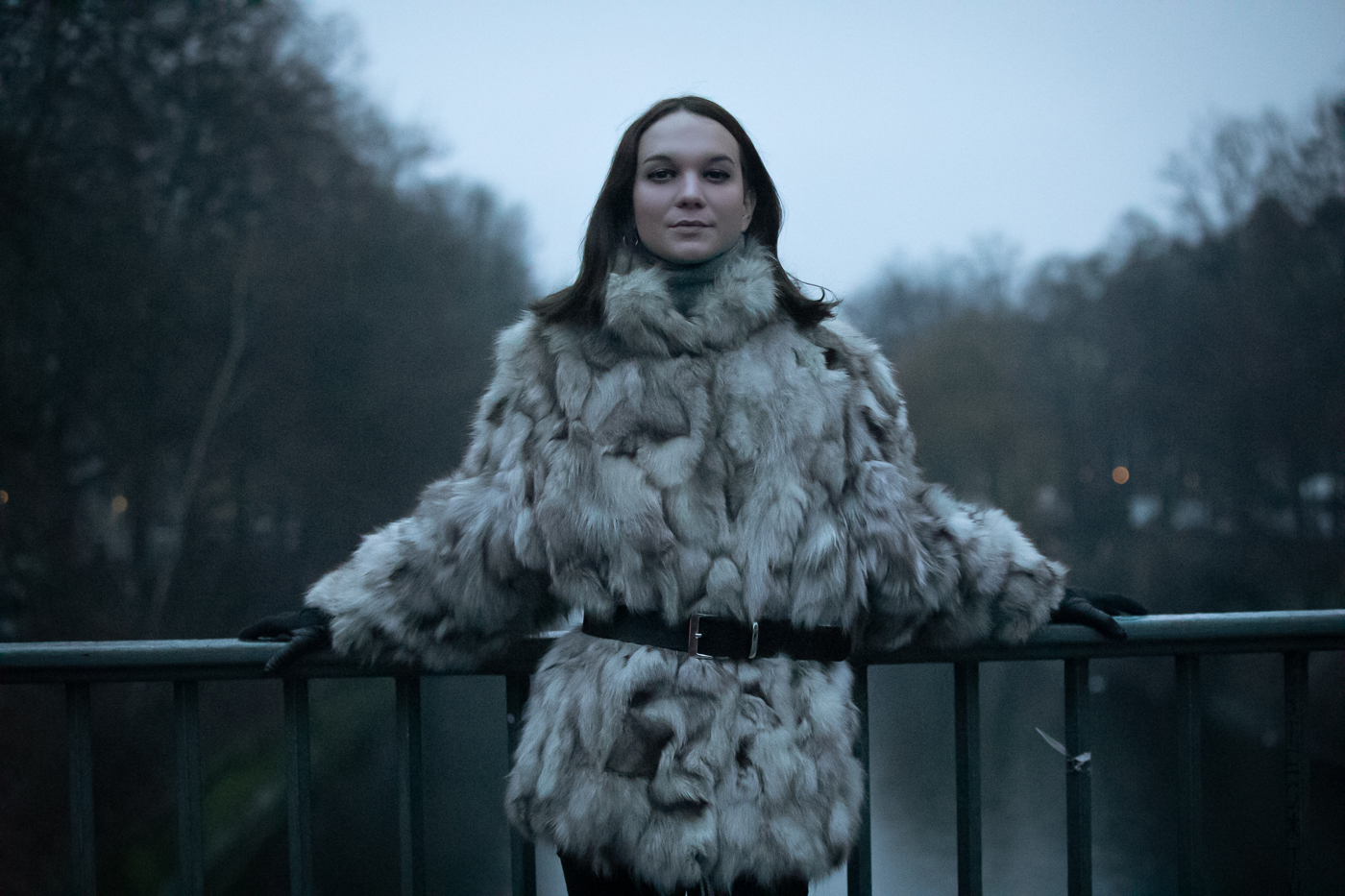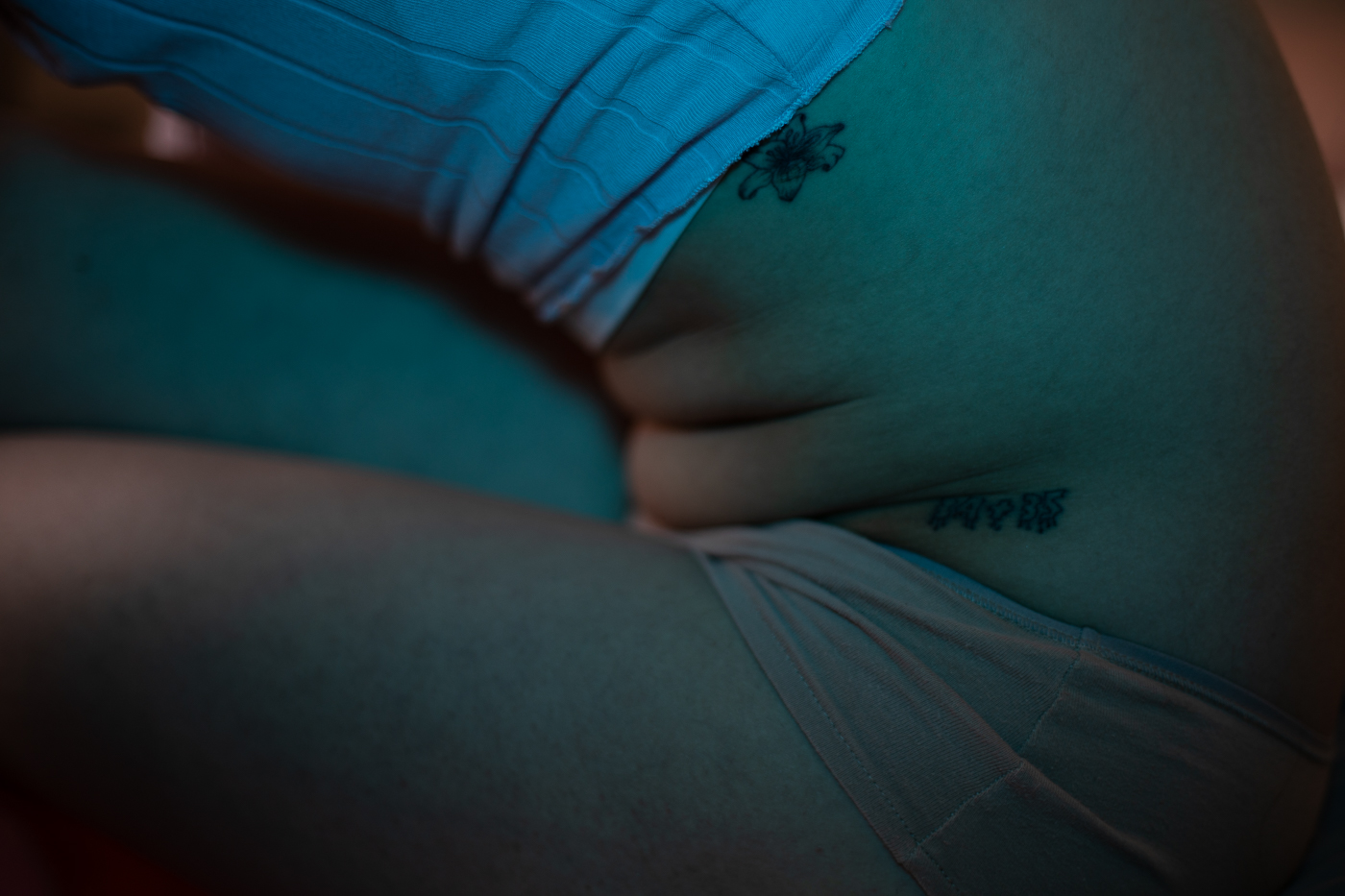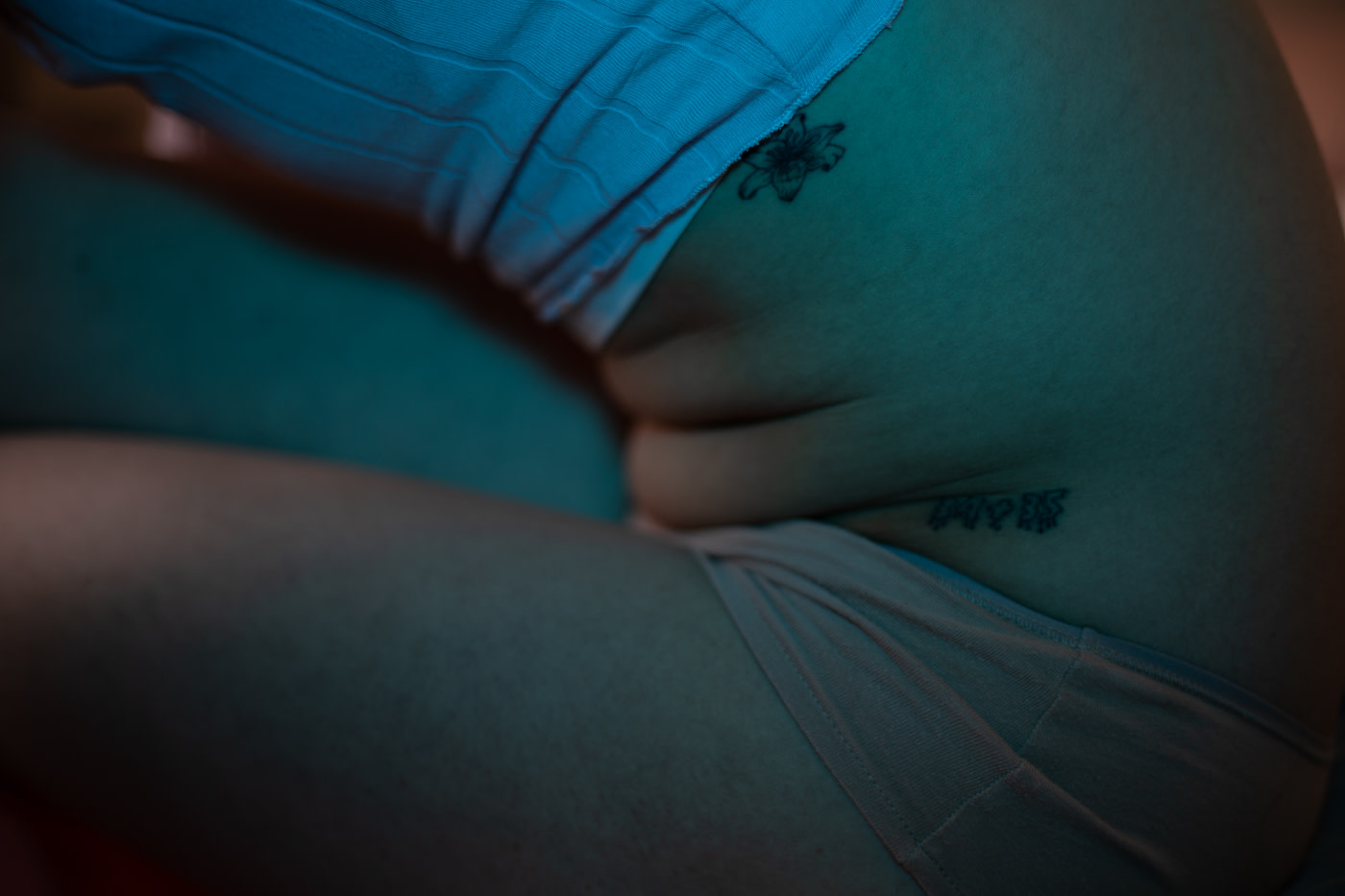Features
An Intimate Glimpse Into Eva Zanettin’s Documentary on Transsexual Identity
By Ellen Clipson - 4 min read
Documentary photographer Eva Zanettin opens up about her latest project ISABELLA+ which tells the story of the resilience and determination of Isabella, a transsexual from Guatemala. Isabella came to Berlin in search of freedom but found a complex city where she suffered a near-fatal knife attack on her way home from a gay pride event.
In this compelling project, ISABELLA+, brings together intimate and raw photos and videos to explore gender fluidity, themes of resilience and acceptance, and shine a light on the traumatic experiences faced by women and trans communities around the globe. We spoke to photographer, film-maker, and director Eva Zanettin about how the documentary project began, why the unique relationship with her subject Isabella was critical for the evolution of her creative approach, and what it takes to photograph intimate moments and document trauma.
ISABELLA+: A Photographic Story of Resilience, Freedom, and The Power of Photography
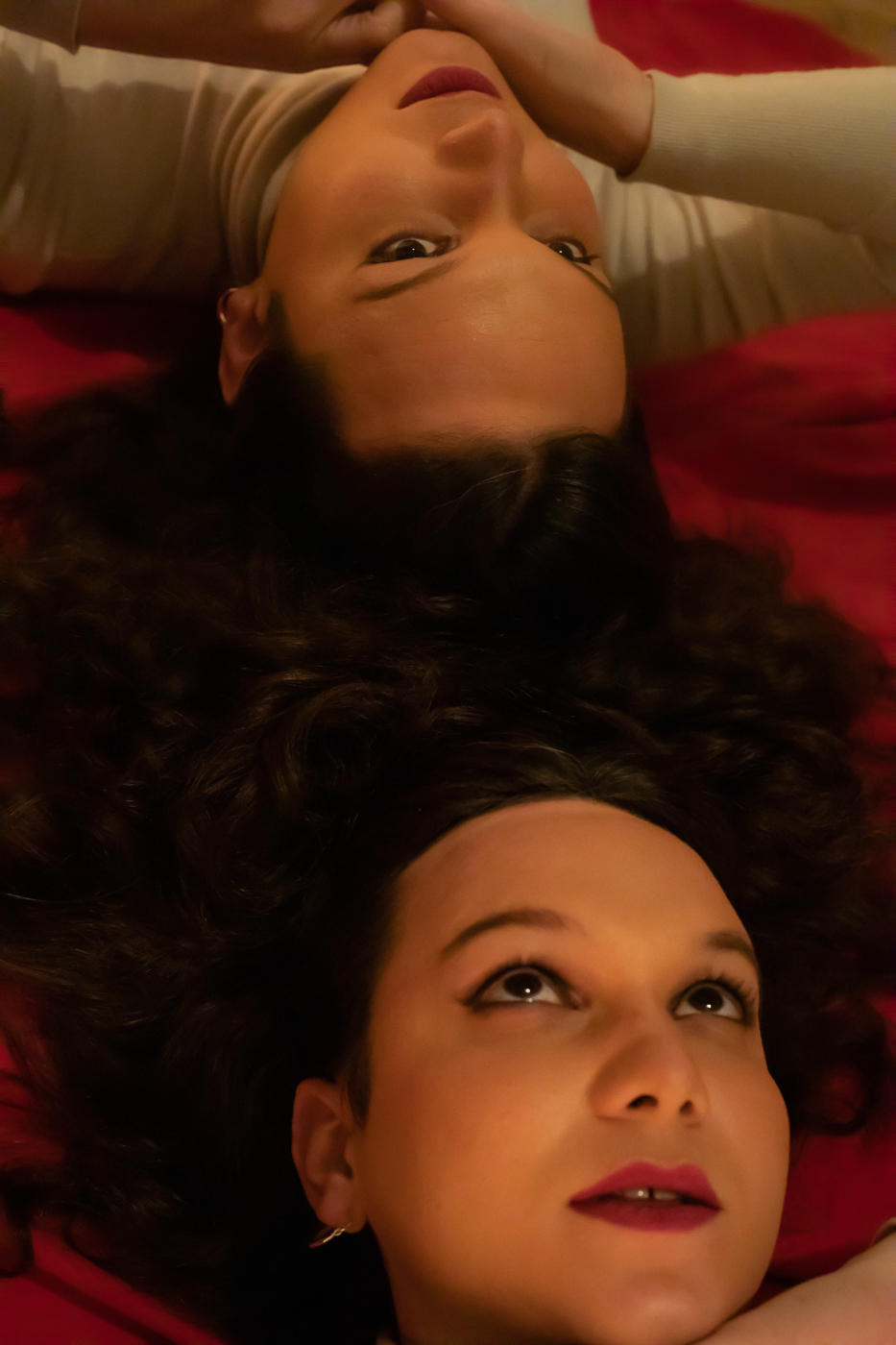
Would you position your work within the genre of photojournalism and/or documentary photography?
Definitely within the genre of documentary. I love to develop long-term projects in the socio-cultural field, characterized by a certain intensity, bending stereotypes and challenging taboos.
How did your series ISABELLA+ come about?
I asked a friend to post a message with my project description in a closed messaging group for trans people. Isabella read the post and wrote to me and the rest is history.
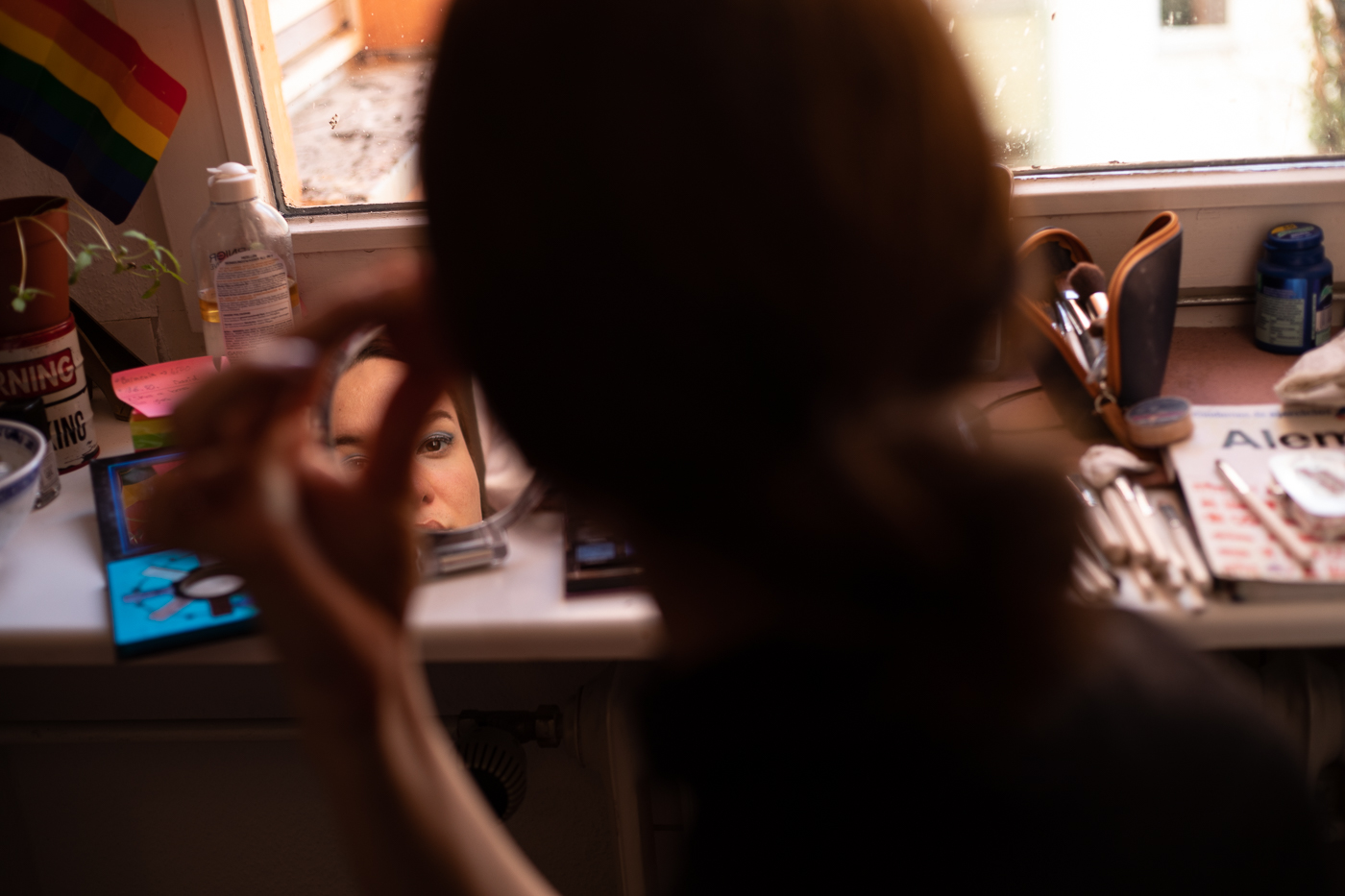
“Photography has the power to bring light to a story.”
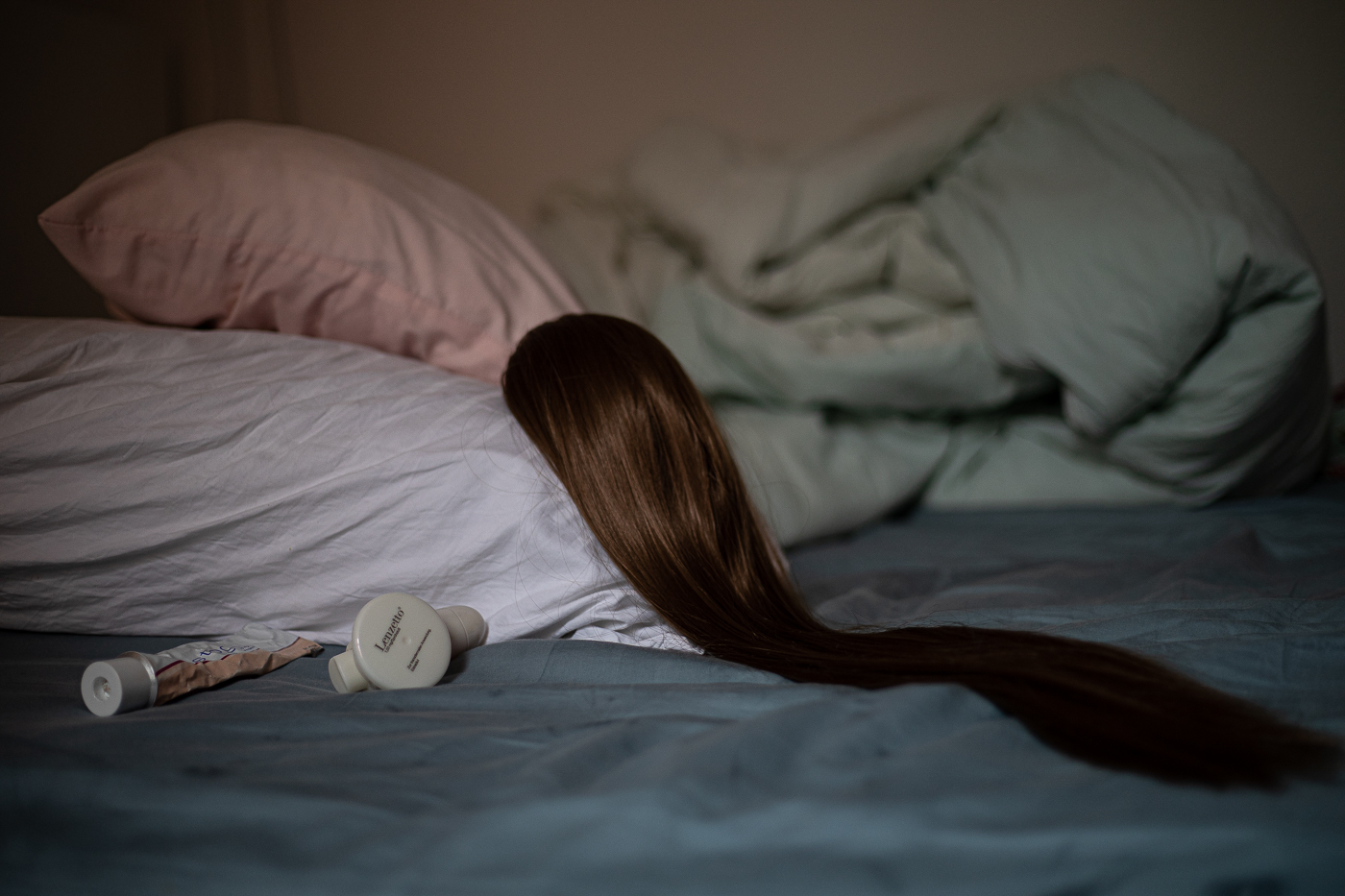
You seem to have a trusting and intimate connection to Isabella. How do you approach your projects and shoots?
My approach to shoots is intimate and collaborative. The first time that she told me her story, I understood that the pain, rejection, joys, and determination from her past would allow us to instantly form a relationship. Our initial connection has evolved to a deep intimacy that we both enjoy. Our conversations, broaching vivid and sensitive topics, were immediately very open and fluid right from the start.
Was it challenging to manage your connection and relationship during the pandemic?
In the midst of the severe pandemic restrictions, it sometimes felt like we had each other and little else. Sometimes the social alienation of the lockdown made us feel as if we were detached from one another but whenever we met in person it was clear the need and our desire to continue sharing this experience was valuable to both of us. One day, after four months of unravelling Isabella’s story, she opened the door of her house to me with a beautiful smile on her face, naked, and with no mask. She wore no makeup and was completely ready to show me her soul. She was enthusiastic to embrace the project fully, and gave me her trust and confidence. It was from there that my approach changed which resulted in a true bond between us.
To what extent is empathy an integral part of your professional attitude?
It is a dominant characteristic in my personality and not just my work. I consider myself to be empathetic not out of delusional magnanimity but because it is the only way in which I can connect organically and meaningfully with the participants of my photographs. Although I have found that my ability to establish authentic relationships sometimes affects my objectivity. There have been times in my professional life where I have had to remember to distance myself, be less emotional, and be more focused on execution. However in the end, I stopped chasing the complete pursuit of objectivity when I came to terms with my own personality.
How do you handle your own presence when shooting?
It depends but I enjoy playing with my presence, the camera’s intrusion, and my subject’s personal energy. This allows me to navigate their emotions and lead me closer to the desired result. That being said, I am always aware, empathetic, and careful about how they would like to be photographed.
I enjoy watching my subject’s reactions when they see the picture from the camera as this gives me more information about how I can continue to float between capturing real, true, and effortless moments while also making them feel comfortable. Authenticity is very important to me, I enjoy dancing between an organic or improvised approach and a more planned one. For me this represents a more heartfelt way of working.
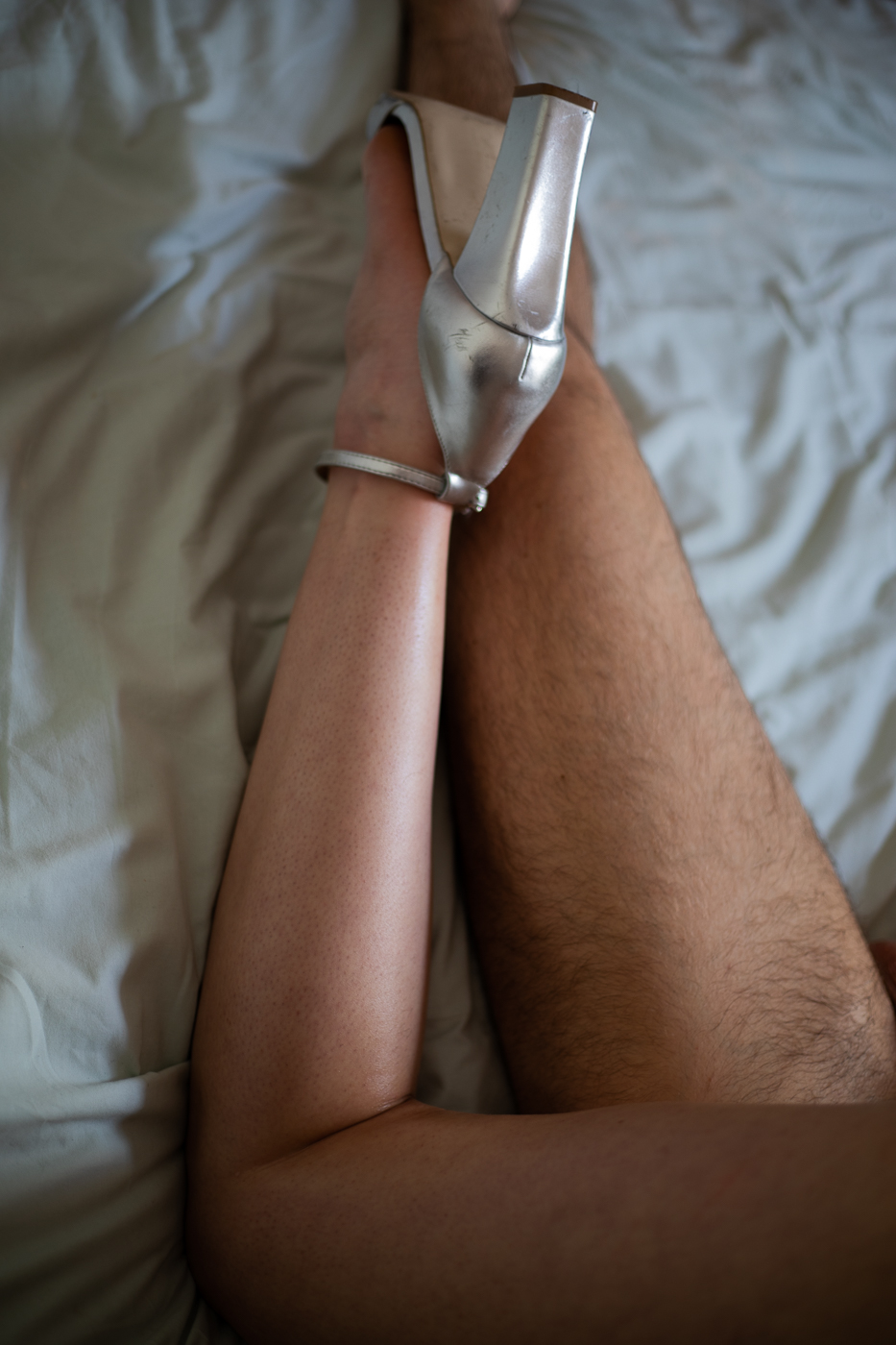

“Artistic visualization should no longer define genders but rather reflect fluidity.”
Is there a particular moment shooting this project that remains vivid in your memory?
There have been several vivid moments. But the one that remains prominent is when I had the unexpected opportunity to portray Isabella during a sexual performance. I was completely absorbed by what I was witnessing and there was a moment when she looked into the camera that I felt she looked into my soul.
The project features many visual and conceptual juxtapositions. Were these contrasts intentional?
My desire was to express the different layers and facets of Isabella’s story. Although featuring contrasting elements was intentional, my approach also evolved. I draw a lot of inspiration from cinematography when telling photographic stories that explore humanity and intimacy. Isabella’s story demanded that I explore the relationship between imagery, gender, and sexuality. The material objects that helped craft Isabella’s image of herself needed to be present in my photos. Life is a continuous paradox and Isabella gave me the opportunity to explore this through her story.
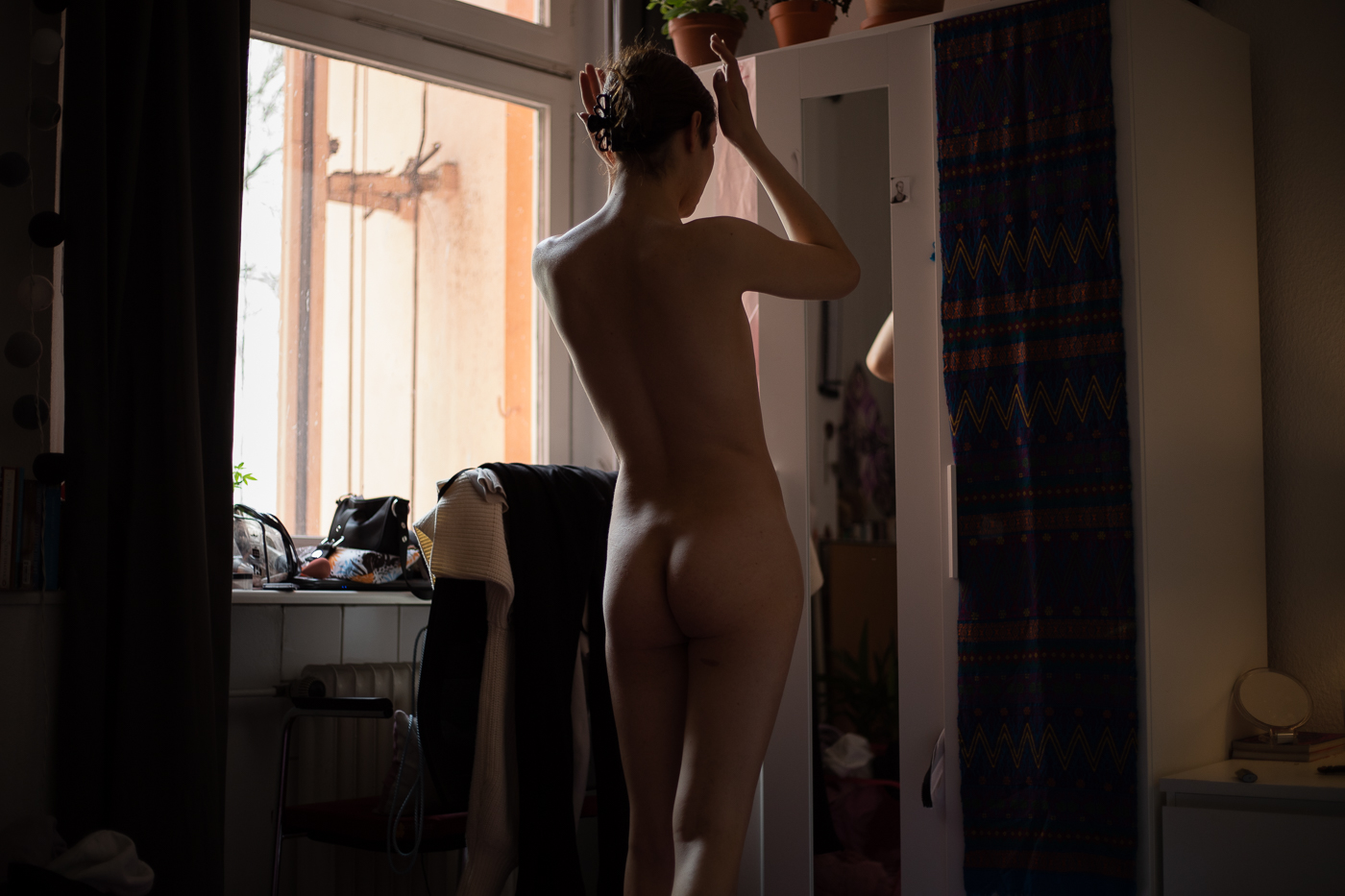
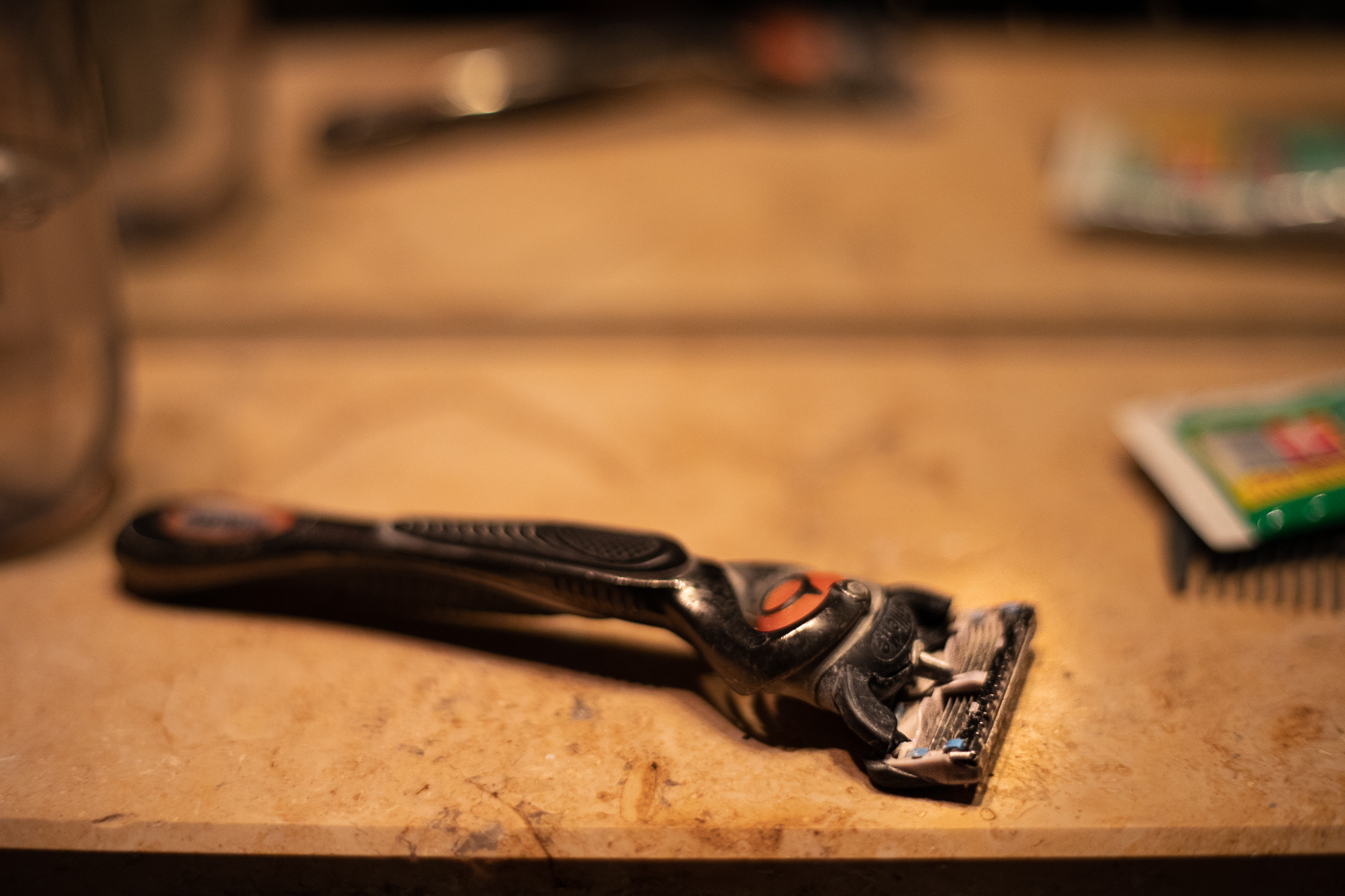
Based on your experience as a photographer, what or how should gender and contemporary body image be visualized?
Artistic visualization should no longer define genders but rather reflect fluidity. In art, fluidity should reign–liberating gorgeousness.
Artistic visualization should no longer define genders but rather reflect fluidity. Through my process with Isabella a new world opened up for me. It made me question my own gender and body image, as well as the privileges and obstacles that come with it. The realization of this fluidity is vital for each of us in society to understand. I have lots of nudity in my photo as there shouldn’t be any shame around body image. The acceptance of nudity is liberating.
How would you describe the role of photography when it comes to creating visibility or non-visibility of certain concepts and narratives?
Photography has the power to bring light to a story. The photographer, by making conscious or subconscious decisions, has the power to decide how to tell that narrative. What ends up on the frame or not, is always subjective. It is a ‘personal reality’ and when it is felt, it carries the aura of truth.
In Isabella’s story for example, I decided not to include the photo story of her assault that happened in 2015. She was attacked by strangers in a park on her way back from gaypride. She ended up in a coma for four days along with a month of hospitalization and intensive care. The nurses constantly misgendered her and the grief and sadness of this incident led to further transformation. My subjective view on her essay was to highlight the importance of her growth and to show her resilience, acceptance and self-love.
“My process has lots to do with letting go and evolving…”
Do your subjects have an influence on the selection of the final images?
Yes, most definitely. When I photograph I like to make them participate to a point where my subjects feel at ease without perceiving the camera as an inconvenient object. I also include them during the editing process because it is very important to me that they feel confident in the result and that they are part of the narrative. Additionally their consent and enthusiasm gives me permission to portray them in a unique way through my perception.

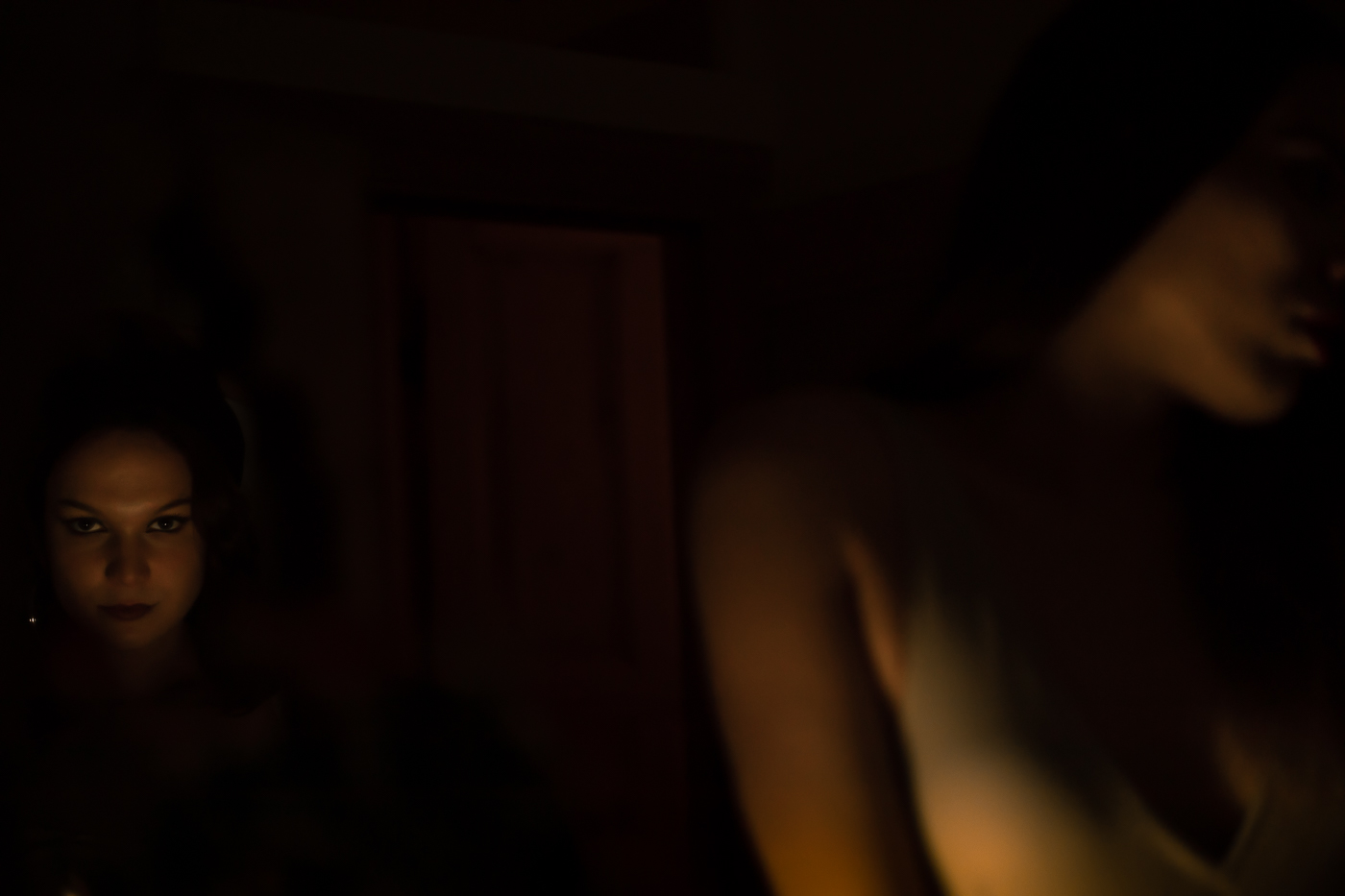
When it comes to presenting your work, how does your choice of image positioning enrich singular images or the project as a whole?
The intention of this project was to create a narrative that would do Isabella justice without retraumatizing her. I wished to show her resilience and enrich the meaning behind the photos.
The images evoke love, support and acceptance from her family of choice and her community of women in Berlin that she draws strength from. Marking Isabella’s quick wit and decisive temperament, which strongly characterize her.
The editing process was extremely important, along with the selection of archival photos that highlight the past which display how her choices were not always easy. I learned very much from my editing mentor Nadja Masri during the editing and curation process.
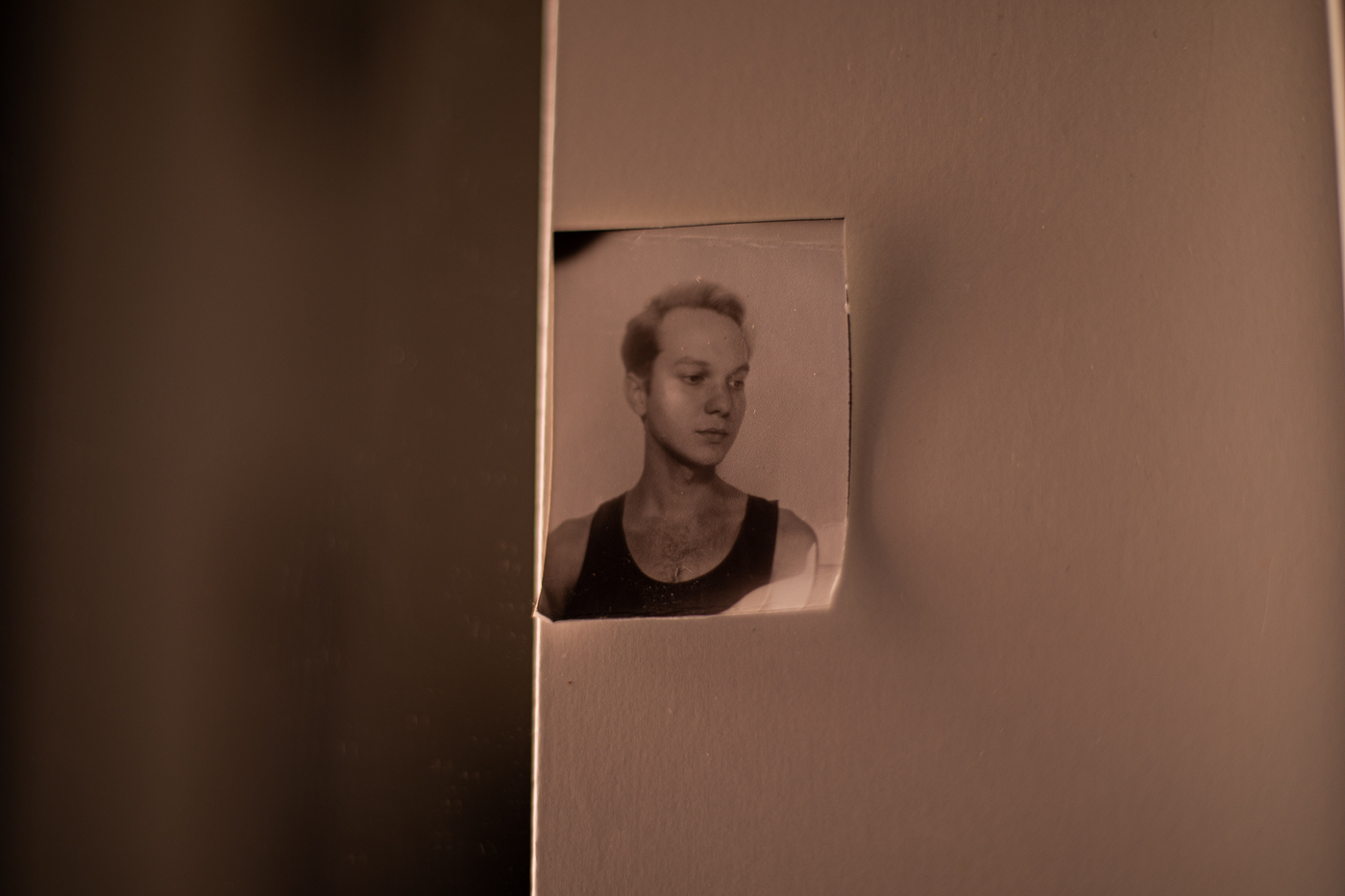
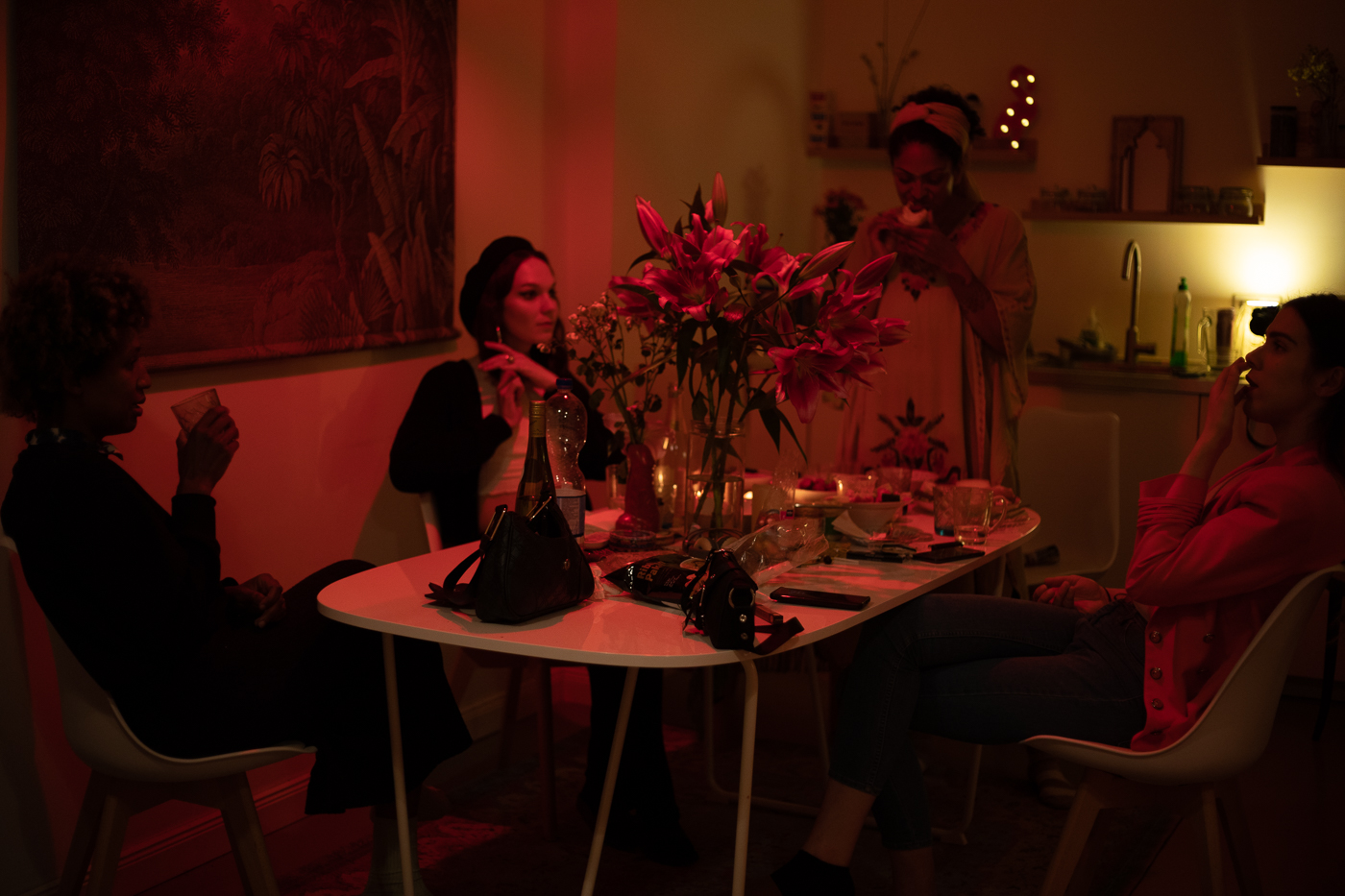
EyeEm represents millions of photographers, what is your experience regarding professional creative communities with regards to collaboration and the exchange of ideas and opinions?
Both culturally and professionally, I’m fascinated by continuous exploration and inspiration. My process has lots to do with letting go and evolving, depending on the stories that I chase.
I have collaborated and forged strong bonds with many interesting people with diverse backgrounds. As we did my master program at New York’s ICP entirely online, I have also learned that this can reach far corners of the world. It’s really special to see how we were able to encourage each other by creating a safe space for exchange.
How has your recent 1-year Training at the NY’s ICP in Documentary Practice and Visual Journalism been informing your style and choice of topics?
I give a lot of credit to this school environment, the faculty of professors, and my main mentor, Karen Marshall. The program is intense and multidisciplinary.
During the project development phase, I was invited to push my boundaries and discover my path as an image maker. My ICP journey represented a mirror for me to discover who I am as a photographer and it gave me the wonderful chance to explore my style.
Through this final year I was able to see where my affinity lies in subjects and topics that I want to document. I was able to gain a lot of inspiration from my fellow students, a bunch of very talented international photographers, with whom exchange and learn from each other.
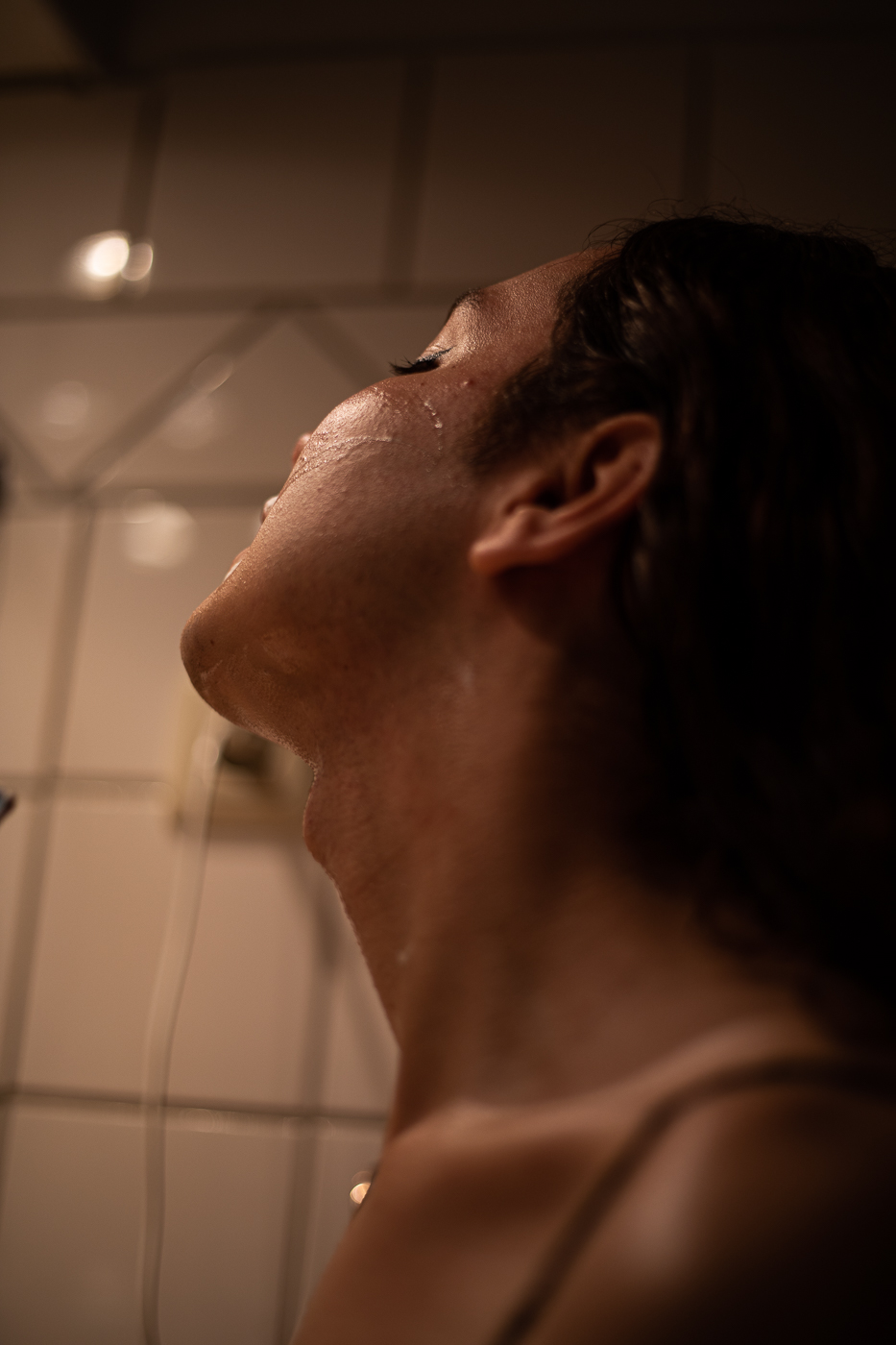
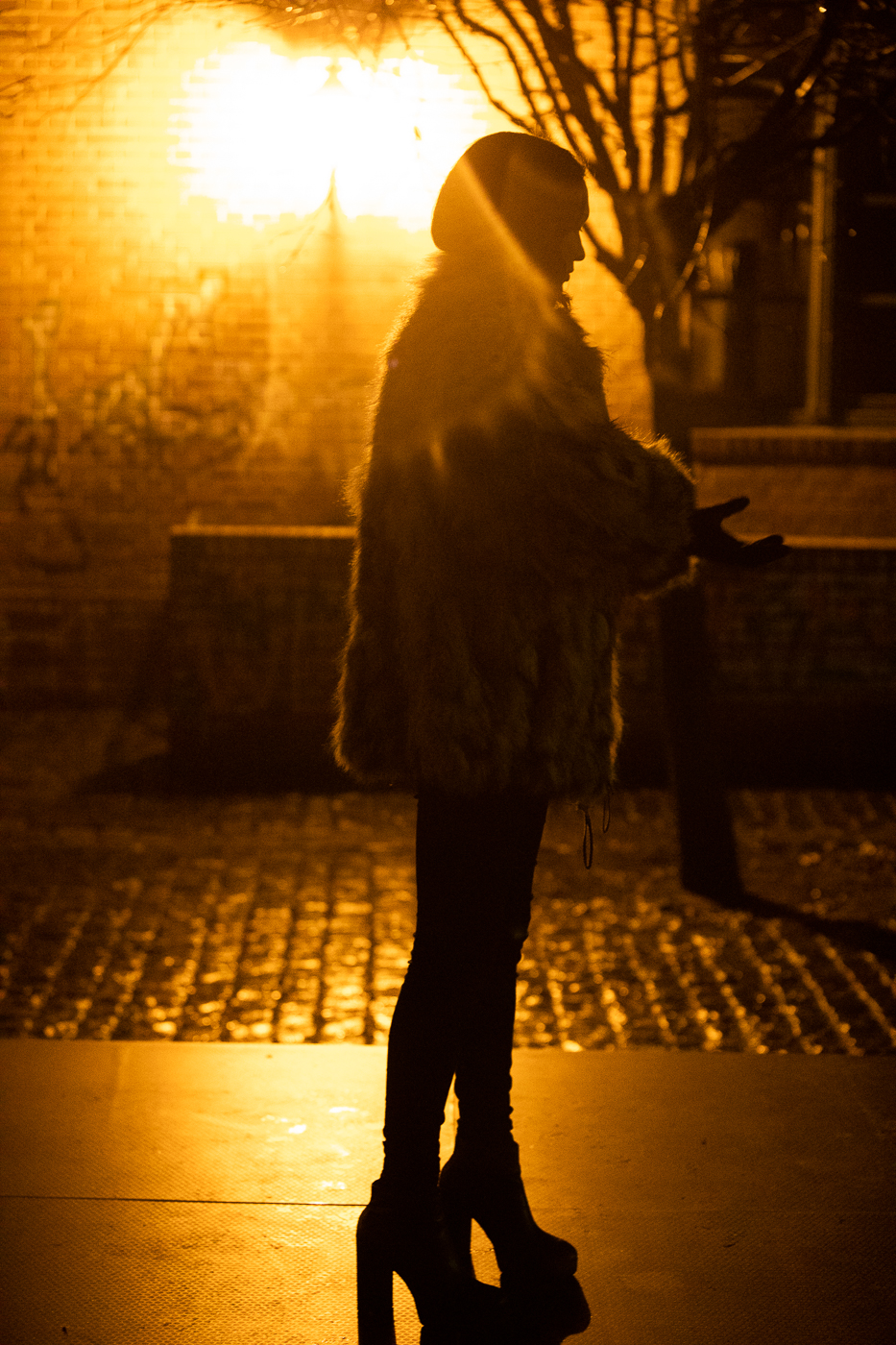
In which directions would you still like to creatively evolve?
I am expanding into video and film. As I had so much material on for ISABELLA+, I self-produced a short video documentary piece which opened a new artistic Pandora’s box for me.
Watch ISABELLA+ here.
What will you be working on in the next 12-months? Are there any projects you’re excited about?
I have just started a new adventure after being accepted into a Spanish school program sponsored by Netflix for female directors and producers. Besides that, I am a person of flow. My family and friends are always eagerly (and anxiously) waiting for my next spontaneous arising. Sometimes inspiration comes from seeing someone on the subway, asking for their number, and photographing them the very next day! As I think about the material that I have created over the past 12 months, I don’t feel that ISABELLA+ has come to an end. The project is only the beginning of an expanded project embracing more women.
Where can we continue following your photographic journey?
This might sound very rough for a photographer but I am not really a social media person as I actually really prefer deeper connections and closer encounters, as my work is intensely personal.
I like when people contact me directly *evazanettin@gmail.com* asking for further information. However in an attempt to not behave like a dinosaur I have opened my new Instagram account
